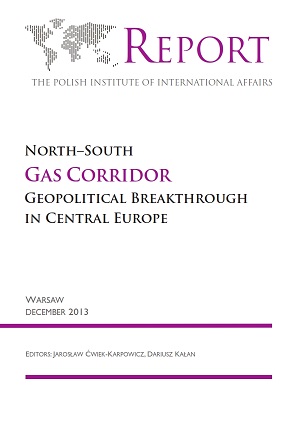Romania: No Direction in Gas Policy
Romania: No Direction in Gas Policy
Author(s): Ana Otilia Nuţu
Subject(s): National Economy, Governance, Environmental and Energy policy, International relations/trade, Geopolitics
Published by: PISM Polski Instytut Spraw Międzynarodowych
Keywords: Romania; energy policy; energy security; renewable energy sources; country’s energy consumption; electricity production; natural gas;
Summary/Abstract: Romania has a relatively diverse energy mix, with significant renewable resources (hydro, wind) and with gas representing roughly 30% of the country’s energy consumption. The mix has changed significantly in the past 40 years, following irrational policies under communism, the depletion of reserves and then the transition to a market economy and the increase in the share of household consumption. Romanian gas production peaked in 1976 (when it reached roughly three times that of today), as Romania over-developed its chemical industry, but declined throughout the 1980s following an accelerated depletion of gas deposits and the increasing reliance on coal (e.g., if oil and gas represented 50% of electricity production in 1981, it was forecasted in 1986 that it would decline to just 5% in 1990). Gas imports from Russia started in 1977 and currently represent 25–30% of Romania’s consumption; Romania remains however one of the least import-dependent members of the EU and of the Eastern bloc. In 1989, household consumption of energy was just 5%; though the share has increased, it still remains the lowest in Europe, at half of the EU average.
Book: North–South Gas Corridor: Geopolitical Breakthrough in Central Europe
- Page Range: 41-45
- Page Count: 5
- Publication Year: 2013
- Language: English
- Content File-PDF

